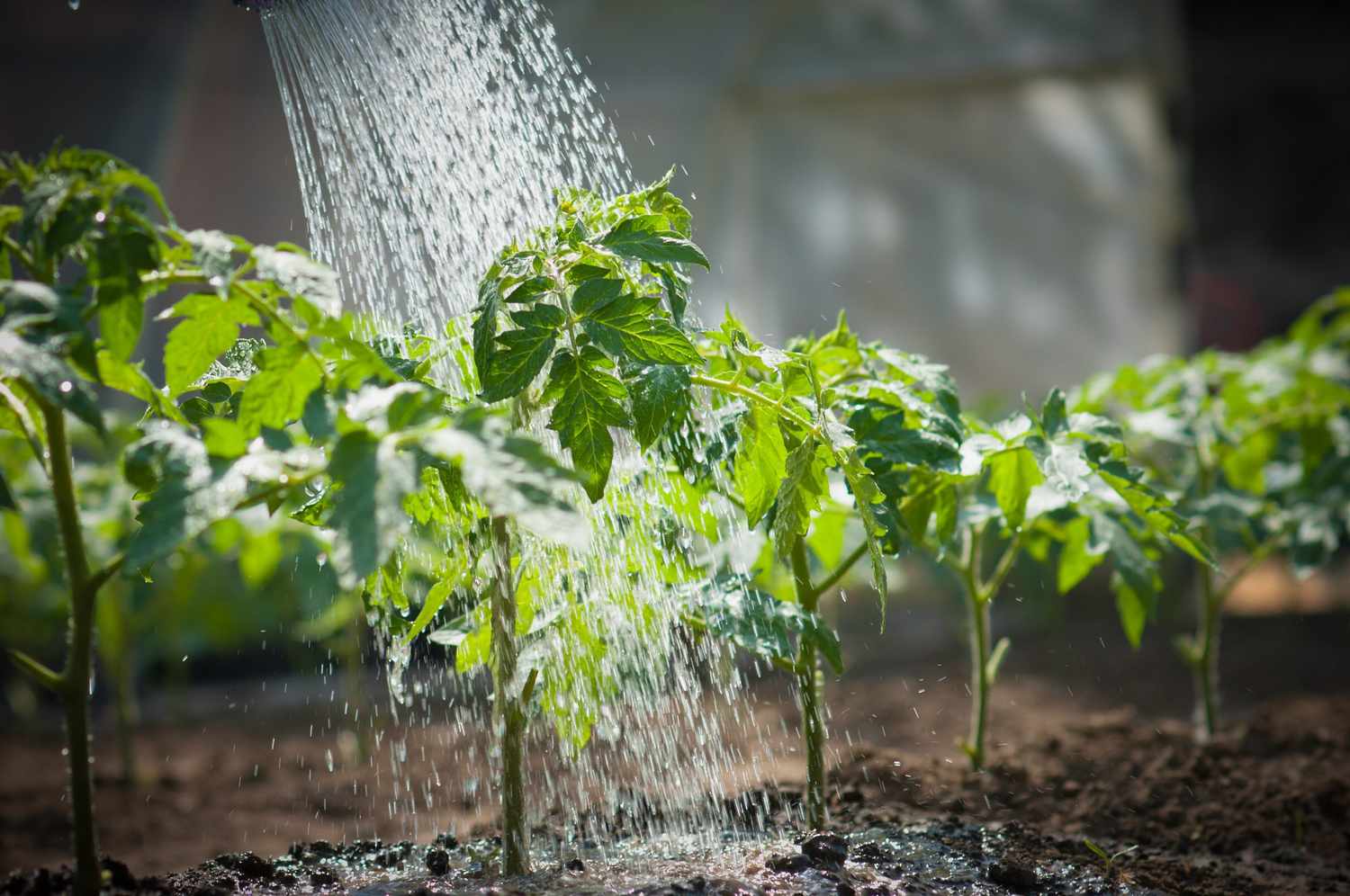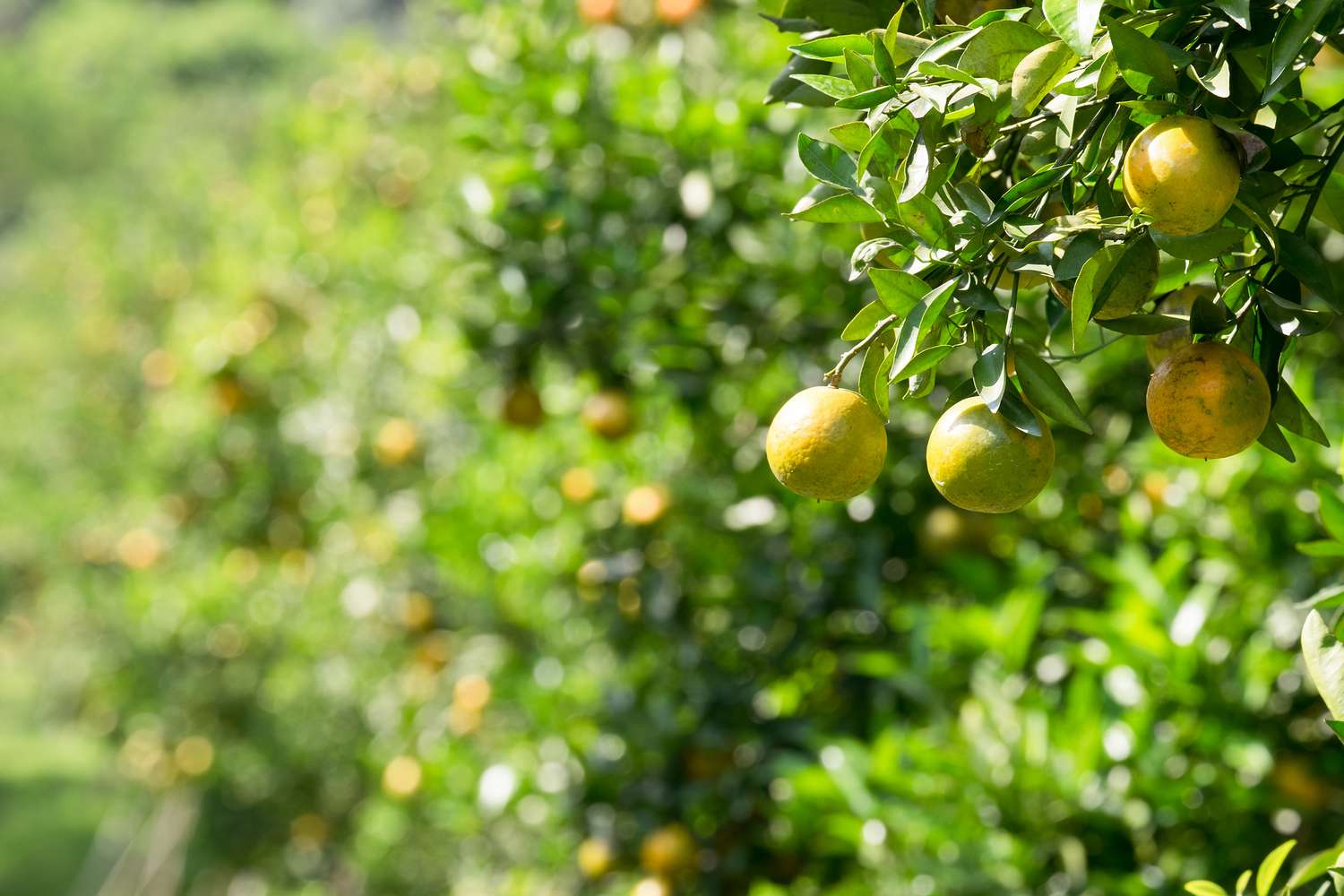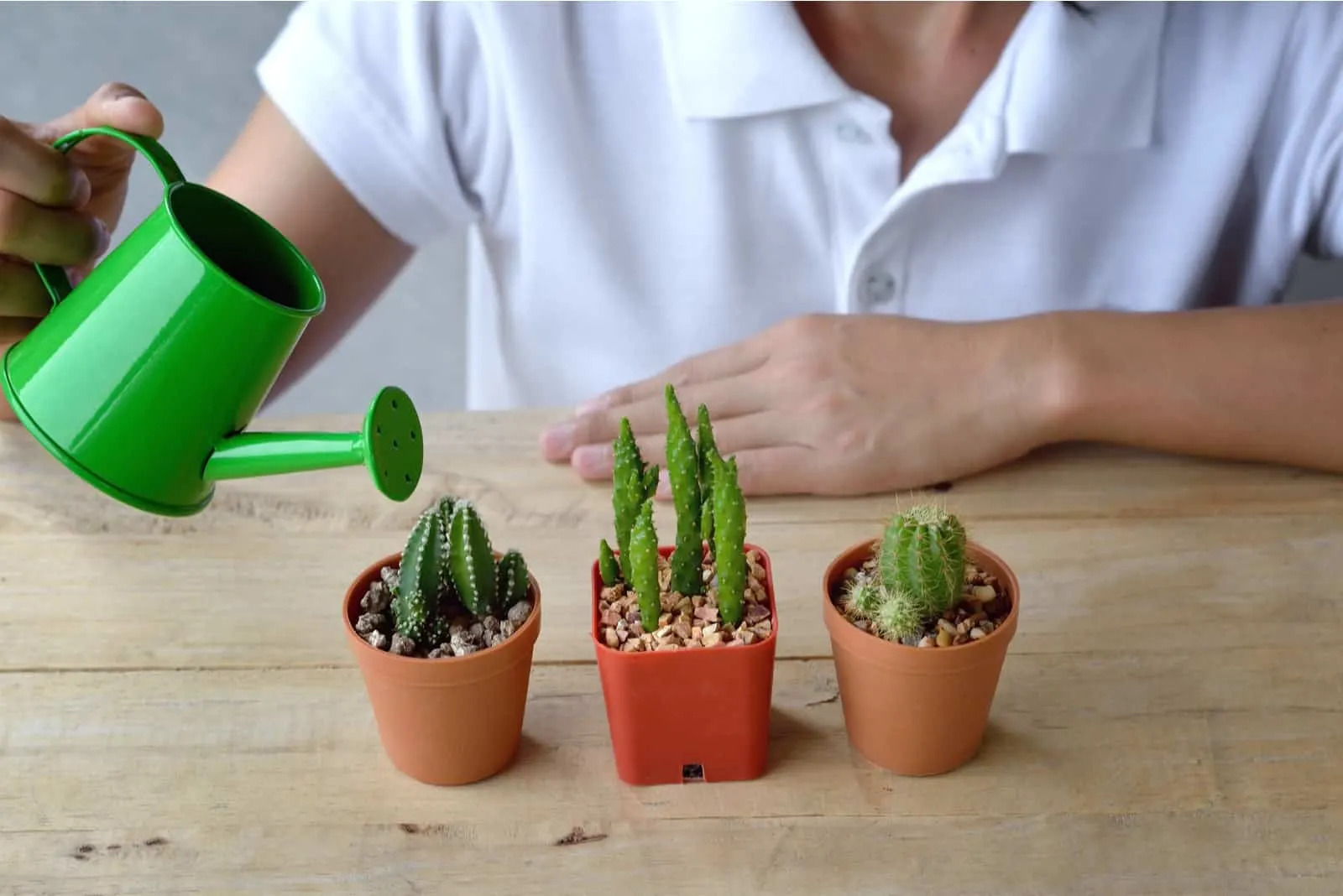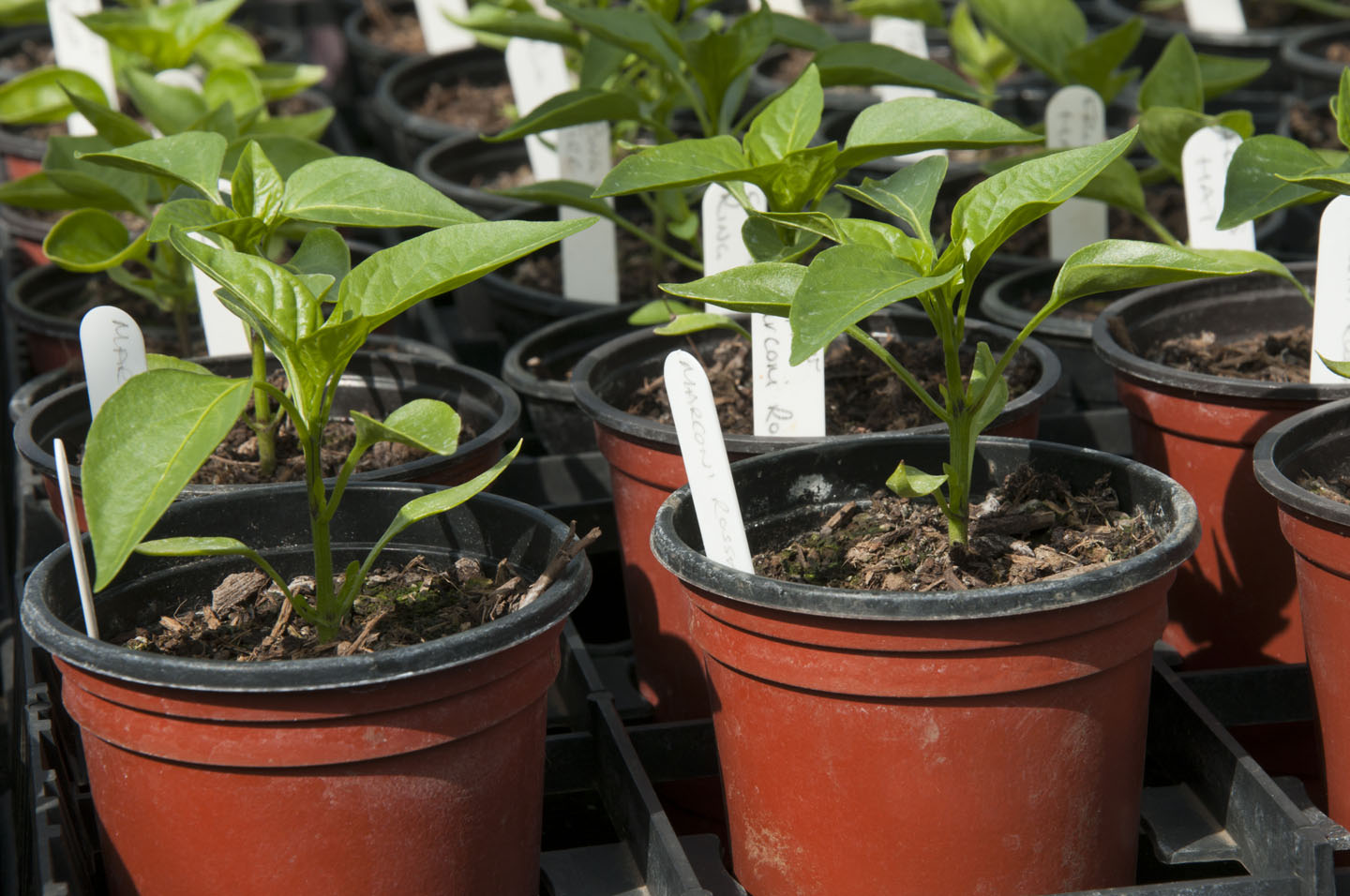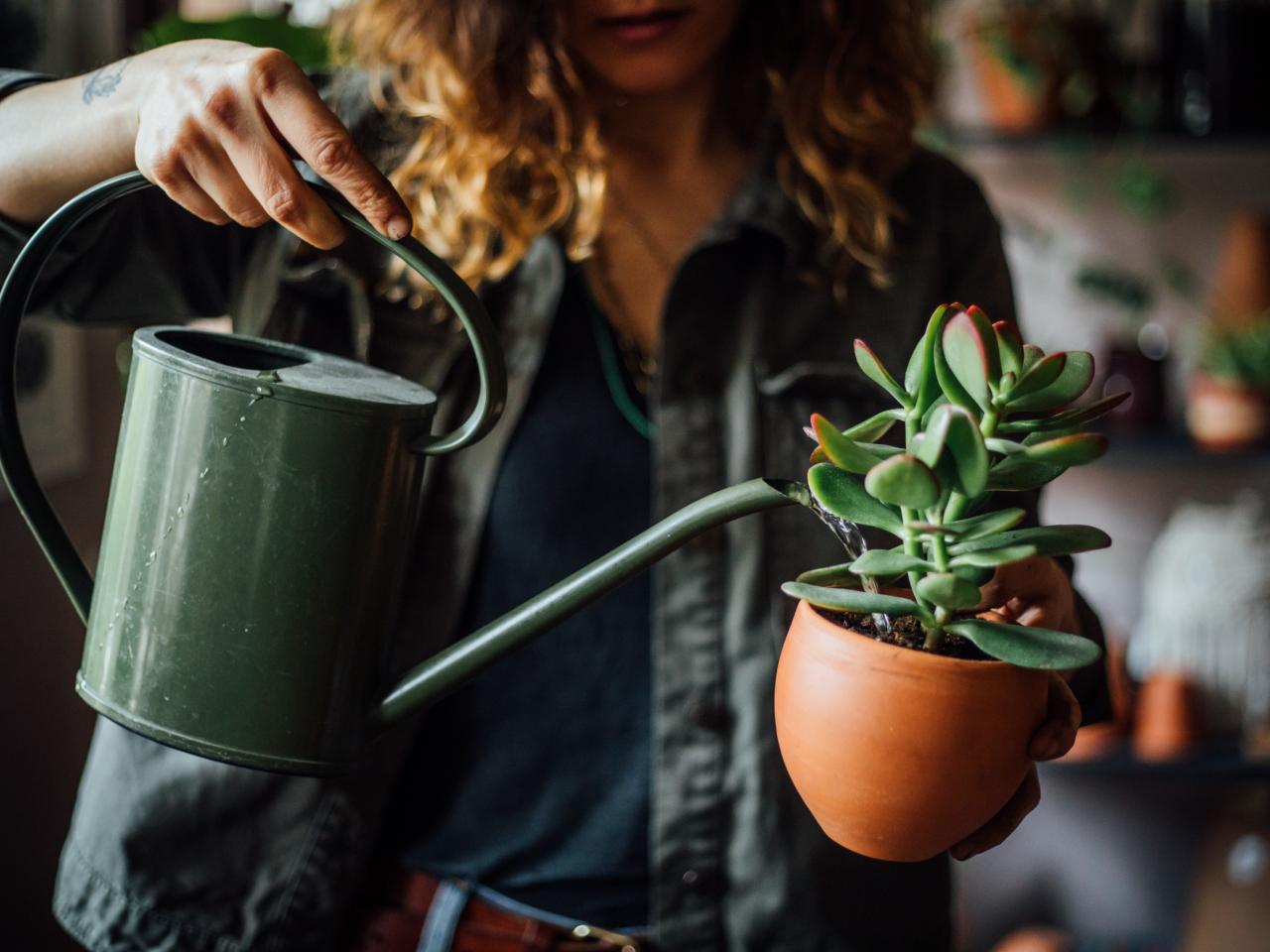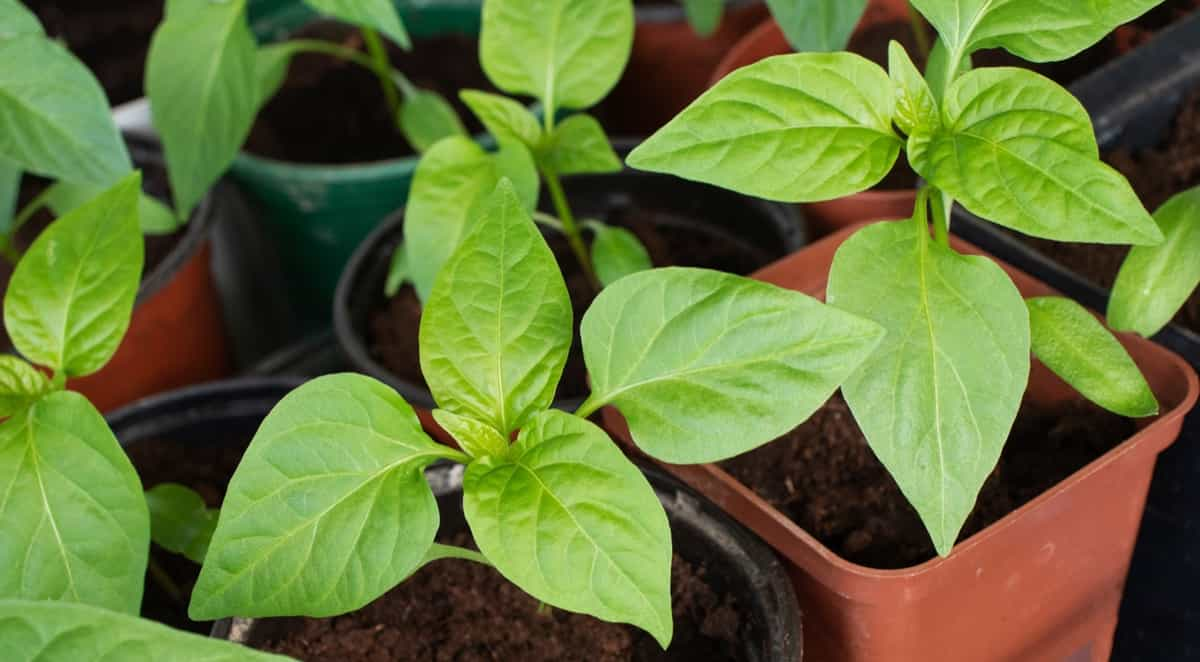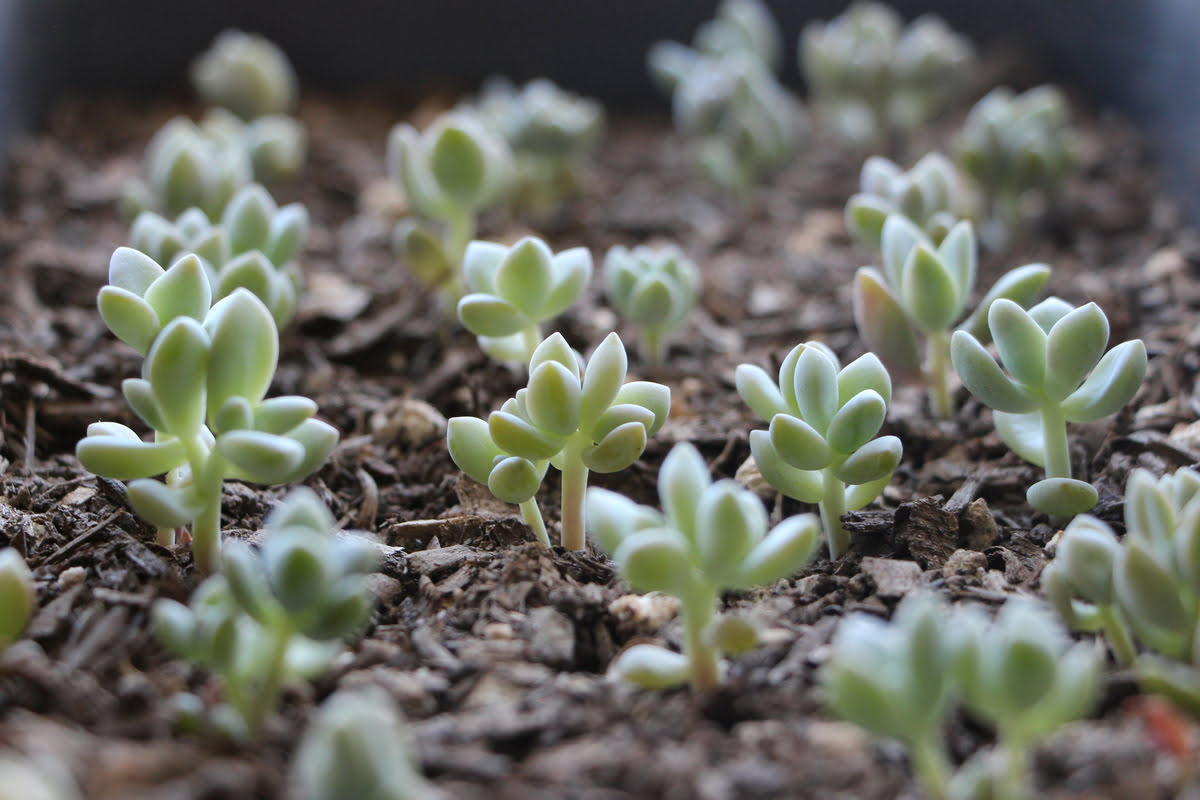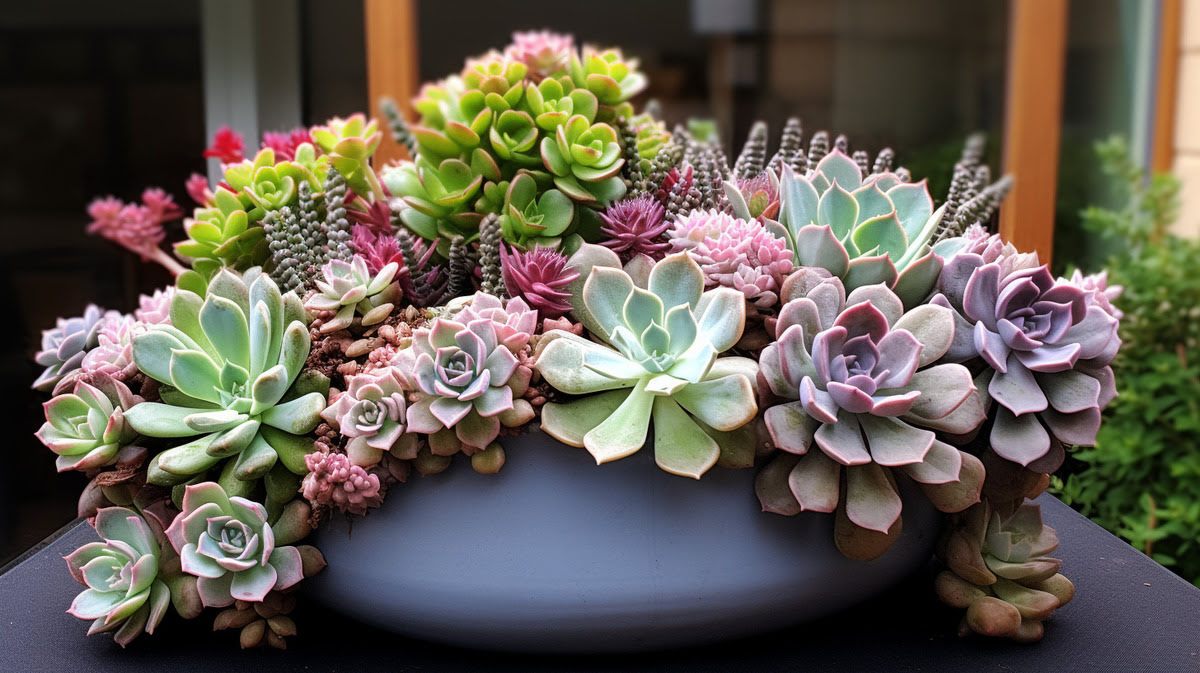Home>Gardening Techniques>Plant Care>How Often To Water Pepper Seedlings
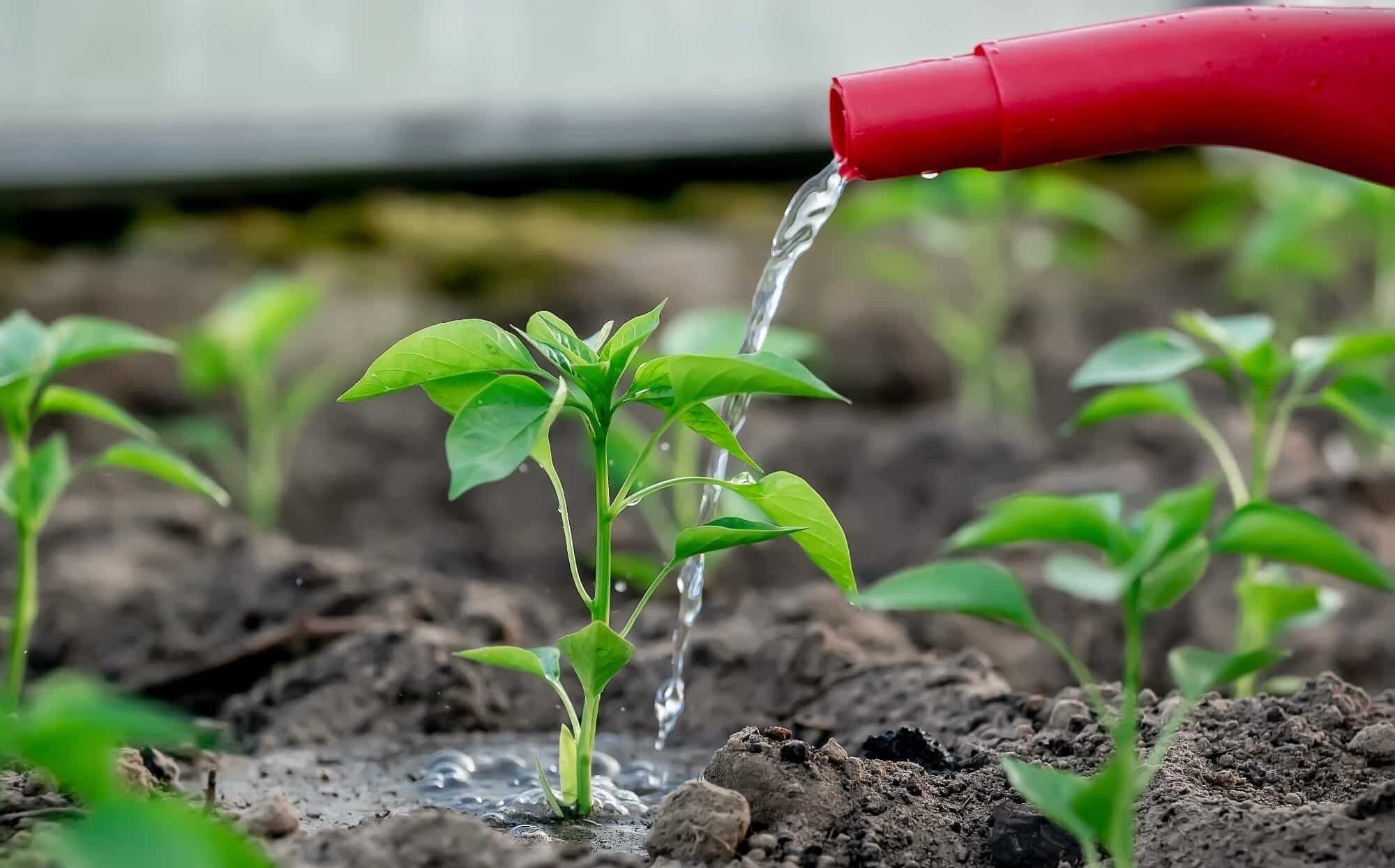

Plant Care
How Often To Water Pepper Seedlings
Published: January 1, 2024
Learn the best plant care practices for pepper seedlings, including how often to water them for optimal growth. Discover expert tips for maintaining healthy pepper plants.
(Many of the links in this article redirect to a specific reviewed product. Your purchase of these products through affiliate links helps to generate commission for Chicagolandgardening.com, at no extra cost. Learn more)
Table of Contents
Introduction
Welcome to the exciting world of pepper seedlings! As a plant enthusiast, you're likely eager to ensure the optimal growth and health of your pepper plants. One of the most crucial aspects of nurturing pepper seedlings is determining the appropriate watering frequency. This fundamental task can significantly impact the development and vitality of your pepper plants.
Understanding how often to water pepper seedlings involves a delicate balance. It requires attentiveness to the specific needs of the plants and the environmental factors influencing their growth. By delving into the various aspects of watering pepper seedlings, you'll gain valuable insights that will empower you to cultivate thriving, robust pepper plants.
Watering pepper seedlings is not merely a matter of routine; it's a dynamic process that demands a keen understanding of the plants' requirements. Factors such as soil composition, climate, and the stage of growth all play pivotal roles in determining the appropriate watering schedule. Moreover, recognizing the telltale signs of overwatering and underwatering is essential for safeguarding the well-being of your pepper seedlings.
In this comprehensive guide, we'll explore the multifaceted considerations that influence the watering frequency for pepper seedlings. From identifying the signs of overwatering and underwatering to implementing effective watering practices, you'll gain the knowledge and confidence needed to nurture your pepper seedlings with care and precision. Let's embark on this enlightening journey to uncover the secrets of watering pepper seedlings and fostering their flourishing growth.
Factors Affecting Watering Frequency
Several key factors influence the frequency at which pepper seedlings should be watered. Understanding these variables is essential for devising an optimal watering regimen that caters to the specific needs of your pepper plants. By considering the following factors, you can fine-tune your approach to watering and promote the robust growth of your pepper seedlings:
- Soil Type: The composition of the soil in which your pepper seedlings are planted significantly impacts their water requirements. Well-draining soil, such as a mix of potting soil and perlite, facilitates proper moisture levels and prevents waterlogged conditions that can harm the plants.
- Climate and Environmental Conditions: The prevailing climate and environmental factors, including temperature, humidity, and sunlight exposure, directly influence the rate at which soil moisture evaporates. In hot, arid climates, for instance, pepper seedlings may require more frequent watering to offset rapid moisture loss.
- Plant Size and Growth Stage: The size and growth stage of your pepper seedlings dictate their water needs. Young seedlings with developing root systems typically require more frequent, lighter watering to support their growth, while mature plants may necessitate deeper, less frequent watering.
- Container Type and Size: If you’re cultivating pepper seedlings in containers, the type and size of the pots or trays can impact water retention and drainage. Smaller containers may dry out more quickly, necessitating more frequent watering, while larger containers offer greater moisture retention.
- Watering Method: The manner in which you water your pepper seedlings also affects the frequency of watering. Watering at the base of the plants, directly onto the soil, promotes efficient absorption and reduces water loss due to evaporation, potentially extending the intervals between watering sessions.
By carefully considering these factors and tailoring your watering approach to accommodate the specific needs of your pepper seedlings, you can create an optimal environment for their growth and vitality. Understanding the intricate interplay of these variables empowers you to make informed decisions regarding watering frequency, ensuring the well-being and prosperity of your pepper plants.
Signs of Overwatering
Recognizing the signs of overwatering is crucial for safeguarding the health and vigor of your pepper seedlings. Overly moist soil can lead to a range of detrimental effects, impeding the plants’ ability to thrive. By remaining attentive to the following indicators, you can identify and address potential issues stemming from overwatering:
- Wilting and Yellowing Leaves: While it may seem counterintuitive, overwatering can cause the leaves of pepper seedlings to wilt and turn yellow. This occurs as a result of waterlogged roots, which impede the uptake of essential nutrients, leading to leaf discoloration and drooping.
- Mold and Fungus Growth: Excessive moisture in the soil creates a conducive environment for mold and fungus to proliferate. If you observe mold growth on the soil surface or detect a musty odor emanating from the plant’s vicinity, it may indicate overwatering.
- Stunted Growth: Overly wet soil hinders the oxygenation of the roots, impeding their ability to absorb nutrients and grow optimally. As a result, pepper seedlings may exhibit stunted growth, failing to reach their expected size and development milestones.
- Root Rot: Prolonged overwatering can lead to root rot, a detrimental condition in which the plant’s roots decay due to excessive moisture. This manifests as a foul odor emanating from the soil and may necessitate immediate corrective action to salvage the affected plants.
By remaining vigilant for these telltale signs, you can promptly address any instances of overwatering and mitigate the associated risks to your pepper seedlings. Adjusting your watering practices and allowing the soil to dry out appropriately can help restore the optimal balance of moisture, fostering the well-being and resilience of your pepper plants.
Signs of Underwatering
Recognizing the signs of underwatering is essential for ensuring the vitality and flourishing growth of your pepper seedlings. Insufficient moisture can impede the plants’ development and compromise their resilience. By remaining attentive to the following indicators, you can identify and address potential issues stemming from underwatering:
- Wilting and Drooping Leaves: When pepper seedlings are deprived of adequate water, their leaves may wilt and appear limp. This visible sign of distress indicates the plant’s struggle to maintain turgidity, signaling the need for prompt watering.
- Leaf Curling and Browning: In response to water scarcity, the leaves of pepper seedlings may exhibit curling and browning along the edges. This physiological response serves as a protective mechanism to conserve moisture, indicating the plants’ urgent need for hydration.
- Stunted Growth: Underwatered pepper seedlings may demonstrate slowed or stunted growth, failing to reach their expected size and developmental milestones. This is a result of the plants diverting their limited resources to survival rather than robust growth.
- Dry, Crumbly Soil: Insufficient watering can cause the soil to become excessively dry and crumbly. By assessing the moisture level of the soil, you can gauge whether the pepper seedlings require immediate watering to restore optimal conditions.
By remaining attentive to these signs of underwatering, you can promptly intervene to provide the necessary moisture and support for your pepper seedlings. Adjusting your watering regimen to ensure consistent and adequate hydration will fortify the plants’ resilience and promote their vigorous growth.
Watering Pepper Seedlings
Watering pepper seedlings demands a thoughtful and attentive approach to ensure their optimal growth and vitality. By incorporating the following best practices, you can establish an effective watering regimen that caters to the specific needs of your pepper plants:
- Consistent Monitoring: Regularly assess the moisture level of the soil to gauge the need for watering. Inserting a finger into the soil up to the first knuckle can help determine whether the soil is dry and in need of hydration.
- Establishing a Schedule: While flexibility is crucial, establishing a general watering schedule based on the specific requirements of your pepper seedlings can promote consistency. Young seedlings may necessitate more frequent, lighter watering, while mature plants may thrive with deeper, less frequent watering.
- Watering at the Base: Direct the flow of water to the base of the plants, ensuring that the soil is moistened directly around the roots. This targeted approach promotes efficient water absorption and minimizes the risk of water evaporation from the soil surface.
- Observing Drainage: Ensure that the containers or planting beds provide adequate drainage to prevent waterlogging. Well-draining soil and containers with drainage holes facilitate the removal of excess water, safeguarding the roots from potential damage caused by water accumulation.
- Adjusting to Environmental Factors: Be mindful of environmental conditions such as temperature and humidity, as they can influence the rate of soil moisture evaporation. During hot, dry spells, your pepper seedlings may require more frequent watering to offset rapid moisture loss.
- Respecting Plant Individuality: Recognize that each pepper plant may have distinct water requirements based on its size, growth stage, and environmental factors. Tailoring your watering approach to accommodate the specific needs of individual plants can optimize their growth and resilience.
By integrating these best practices into your approach to watering pepper seedlings, you can foster an environment that nurtures the robust development and well-being of your plants. Consistent monitoring, thoughtful adjustments, and a keen understanding of your pepper seedlings’ needs will empower you to cultivate thriving, resilient plants that bear abundant, flavorful peppers.
Conclusion
Cultivating healthy and vibrant pepper seedlings hinges on mastering the art of watering with precision and attentiveness. By delving into the multifaceted considerations that influence watering frequency, you’ve gained valuable insights into the dynamic interplay of factors that shape the optimal hydration of your pepper plants. Understanding the signs of both overwatering and underwatering equips you with the knowledge to identify and address potential issues, safeguarding the well-being of your seedlings.
Implementing best practices, such as consistent monitoring, targeted watering at the base of the plants, and adjusting to environmental factors, empowers you to create an optimal watering regimen tailored to the unique needs of your pepper seedlings. By respecting the individuality of each plant and adapting your approach accordingly, you can foster an environment that promotes robust growth and resilience.
As you continue your journey in nurturing your pepper seedlings, remember that attentive care and thoughtful adjustments are key to their flourishing development. By integrating the insights and best practices outlined in this guide, you are poised to cultivate thriving, resilient pepper plants that will reward you with an abundant harvest of flavorful peppers. Embrace the art of watering as a dynamic and rewarding aspect of plant care, and revel in the joy of witnessing your pepper seedlings thrive under your dedicated stewardship.
